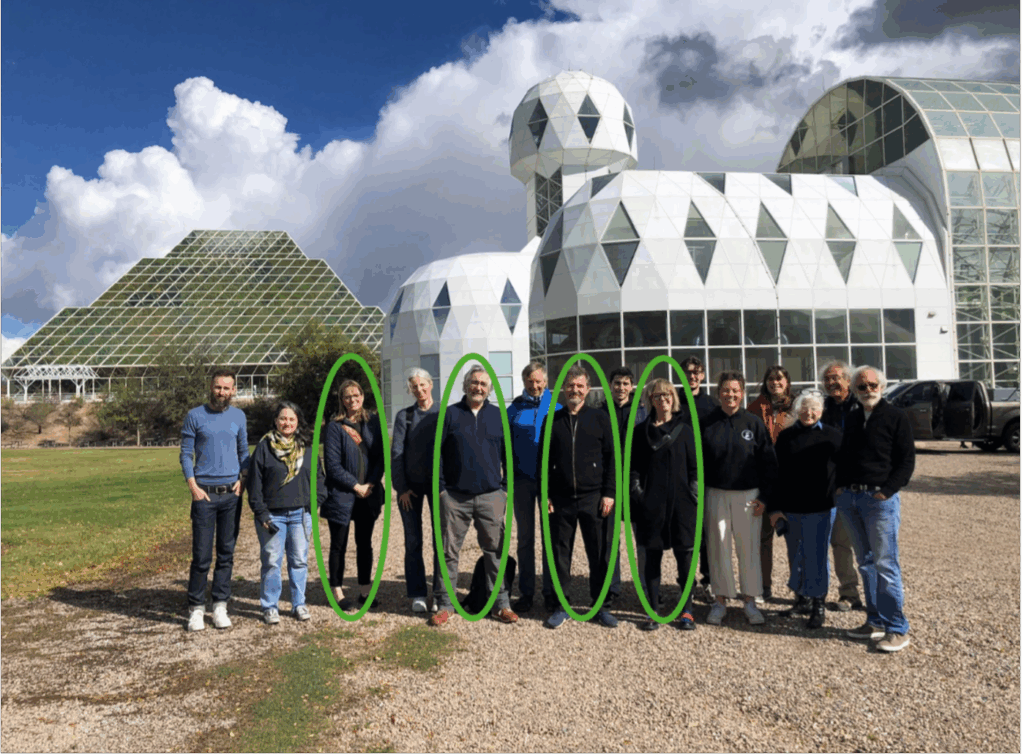My Patients Almost Never Report Difficulty Hearing Nature Sounds (E.G., Birds, Bubbling Creeks) During Their Initial Consultation. Does This Mean They Can Hear These Sounds Or That These Sounds Aren’t Important To Them?
A group effort by Erin M. Picou, Christian Lorenzi, Valeriy Shafiro, and Dina Lelic
Every patient is different, of course, but we would be surprised if patients with sensorineural hearing loss readily hear nature sounds such as animal vocalizations (birdsongs, insect stridulations) or geophysical sounds (wind, rain, thunder or stream sounds). More likely, they have not realized they are missing these sounds. Sensorineural hearing loss can be insidious and most nature sounds are unlikely to provide feedback that they’ve been missed. Unlike conversational partners, the backyard birds won’t repeat their call or show annoyance that their songs weren’t heard. The babbling brook does not get accused of mumbling.
Recently, Dina Lelic and colleagues1 presented findings from first-time hearing aid users who spontaneously reported rediscovering nature sounds. They re-analyzed descriptions of listening experiences provided by first-time hearing aid users collected for a different study.2 Dr. Lelic and her colleagues found that, prior to a hearing aid fitting, all participants identified situations involving speech communication as their top priority for hearing improvement. Only four participants mentioned listening to nature sounds as being a priority for hearing improvement before their hearing aid fitting. However, after hearing aid fitting, 15 participants mentioned explicitly during a journaling exercise that they enjoyed hearing nature with their hearing aids. Importantly, they were not prompted to reflect on nature sounds, only to reflect on positive experiences they had with their hearing aids. Yet, listening to sounds of nature accounted for 20% of the positive listening experiences reported by participants. The specific types of nature sounds they noted are in Figure 1. Furthermore, they described the rediscovered nature sounds as wonderful, pleasant, and relaxing, and they described them as contributing to their quality of life.
These observations are corroborated by a follow-up study conducted by Frédéric Apoux and colleagues 3 where hearing-care professionals were asked to rate their patients' perception of nature sounds before and after receiving a hearing aid. According to respondents, the incidence of hearing nature sounds, listening accuracy, pleasantness, and importance of nature sounds increased substantially at the end of the trial period relative to the start, especially for patients living in remote rural areas. Most respondents reported that their patients are satisfied with their hearing aids in that respect.
These findings suggest that, although difficulties understanding speech might be a primary reason people come into a clinic seeking help for their hearing, one important benefit of hearing aids is the restoration of auditory access to nature sounds such as birdsongs, rustling trees or stream sounds. That is, hearing aids are providing unrealized and previously unrecognized benefits outside of speech understanding. Just because nature sounds are neglected at an initial consultation does not mean they are unimportant. It could simply mean that the nature sounds have been forgotten.
Fortunately, we have hearing aids available that can restore access to, and enjoyment of, listening to nature sounds – sounds that can play a significant role in overall well-being4. In other words, while speech understanding is what drives people to seek hearing help, the ability to experience nature sounds may be what encourages consistent use of hearing aids. Further work is, however, needed to understand how signal processing produced by hearing aids affects the ability to hear features of nature sounds. For instance, it would be useful to study the effects of extending the bandwidth of hearing aids and noise-reduction systems based on deep learning. Bandwidth extension may be a possible way of enabling the audibility of bird and insect sounds. Noise-reduction systems on the other hand, if too efficient, are likely to degrade the perception of the sounds of wind, rain and streams, since these sounds may be treated as background noise and therefore suppressed.

References
- Lelic, D., Picou, E., Shafiro, V., & Lorenzi, C. (2025). Sounds of nature and hearing loss: A call to action. Ear & Hearing 46(2), 298-304, https://doi.org/10.1097/AUD.0000000000001601
- Lelic, D., Herrlin, P., Wolters, F., Nielsen, L. L. A., Tuncer, C., & Smeds, K. (2024). Focusing on positive listening experiences improves hearing aid outcomes in first-time hearing aid users: a randomized controlled trial. International Journal of Audiology, 64(5), 498–508, https://doi.org/10.1080/14992027.2024.2379533
- Apoux, F., Laurent, S., Gallego, S., Lelic, D., Moore, B.C.J., & Lorenzi, C. (2025). Effects of hearing loss and hearing aids on the perception of natural sounds and soundscapes: A survey of hearing care professional opinions. American Journal of Audiology, e-publish ahead of print, https://doi.org/10.1044/2025_AJA-24-00171
- Buxton, R. T., Pearson, A. L., Allou, C., Fristrup, K., & Wittemyer, G. (2021). A synthesis of health benefits of natural sounds and their distribution in national parks. Proceedings of the National Academy of Sciences USA, 118, e2013097118. https://doi.org/10.1073/pnas.2013097118

Authors (circled in green) pictured at the Biosphere 2 following the 2024 Human Auditory Ecology Workshop in Tucson, AZ, alongside other workshop participants.
Authors from left to right: Erin M. Picou, Christian Lorenzi, Valeriy Shafiro, and Dina Lelic.

